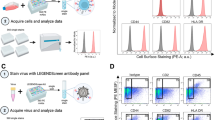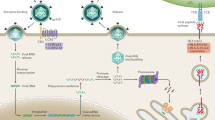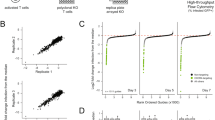Abstract
A compilation of experimentally verified interactions between HIV-1 and human proteins allows insights into the intricate interplay between viral and host proteins on a large scale.We find that HIV-1 predominantly targets rich-clubs, human proteins that are not only well connected but also strongly intertwined among each other. These assemblies of proteins putatively serve as an infection gateway, allowing the virus to take control of the human host by reaching protein pathways and diversified cellular functions in a pronounced and focused way. In particular, HIV-1 utilizes its small number of proteins in a combinatorial manner, exerting a significant influence on pathways that deal with transcriptional, translational and degradation processes. Surprisingly, the small repertoire of HIV proteins also interferes loosely with many signaling and regulation pathways, suggesting that a widespread involvement in such pathways secures the control of the host cell. Such insights offer novel perspectives to investigate the progression of HIV infection and potentially can contribute to our abilities to fight this virus.
Similar content being viewed by others
Article PDF
Author information
Authors and Affiliations
Corresponding author
Rights and permissions
About this article
Cite this article
Wuchty, S. Viral organization of human proteins. Nat Prec (2008). https://doi.org/10.1038/npre.2008.2041.1
Received:
Accepted:
Published:
DOI: https://doi.org/10.1038/npre.2008.2041.1



